--> Quick link to photo page
--> Darwinning
Darwin Chronologized
Many of the pictures occur elsewhere in other contexts such as courses I have taught or trips I have taken.
It is organized by time.
The site is still being built and reorganized.
Ultimately, it will include the following:
 Antecedents
Antecedents
 Early life
Early life
 College
College
 Following the Voyage
Following the Voyage
 Voyage of the Beagle
Voyage of the Beagle
 Life in Downe
Life in Downe
 Malverne - hydrotherapy and Annie's death
Malverne - hydrotherapy and Annie's death
 Career
Career
 Death
Death
 Consequents
Consequents

Antecedents
Darwin was descended from two famous grandfathers:
Polymath Erasmus Darwin and Pottery Magnate Josiah Wedgwood.
Lichfield - home of Erasmus Darwin
Lichfield cathedral
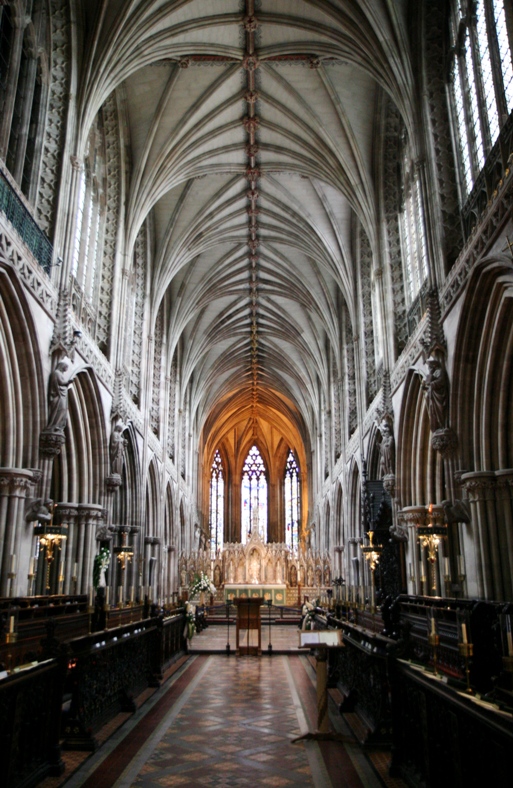

Erasmus plaque


Iron bridge
Ironing things out
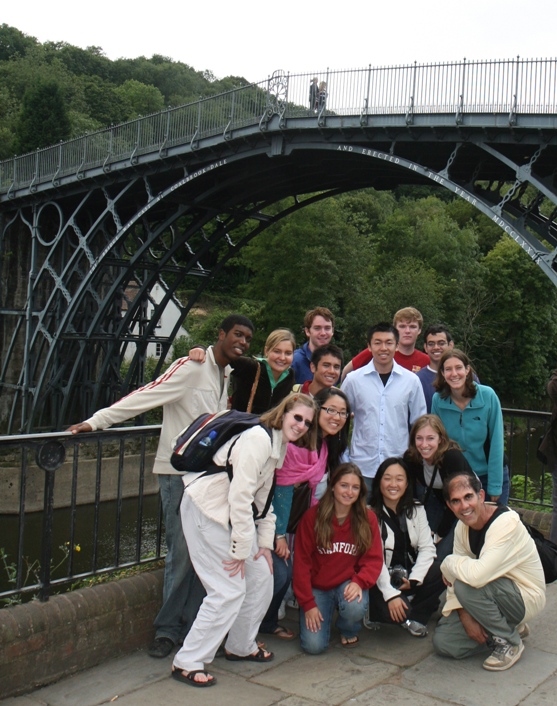

Wroxeter
Barleston - The Wedgwood museum
"Wedged" in
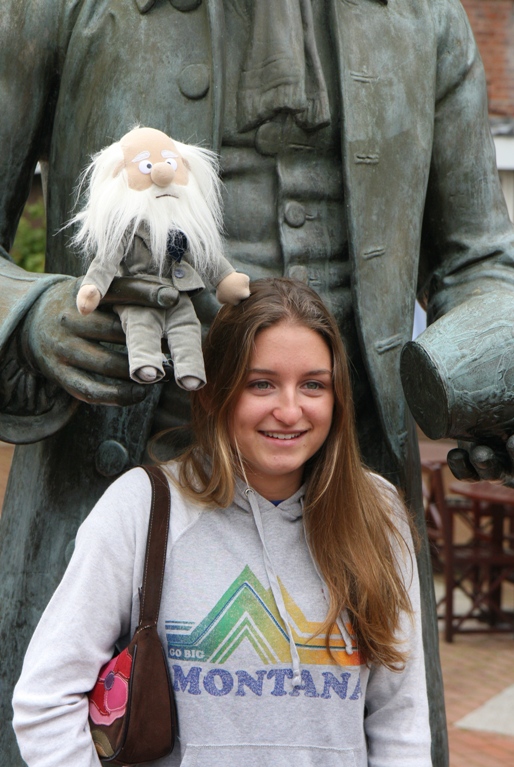

The venerable bead
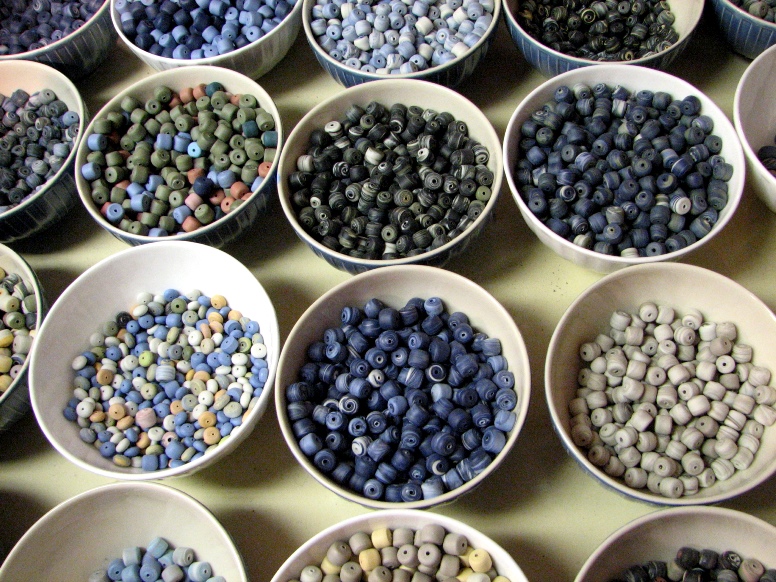

Shrewsbury ("ShrOsebury")
Darwin is born!
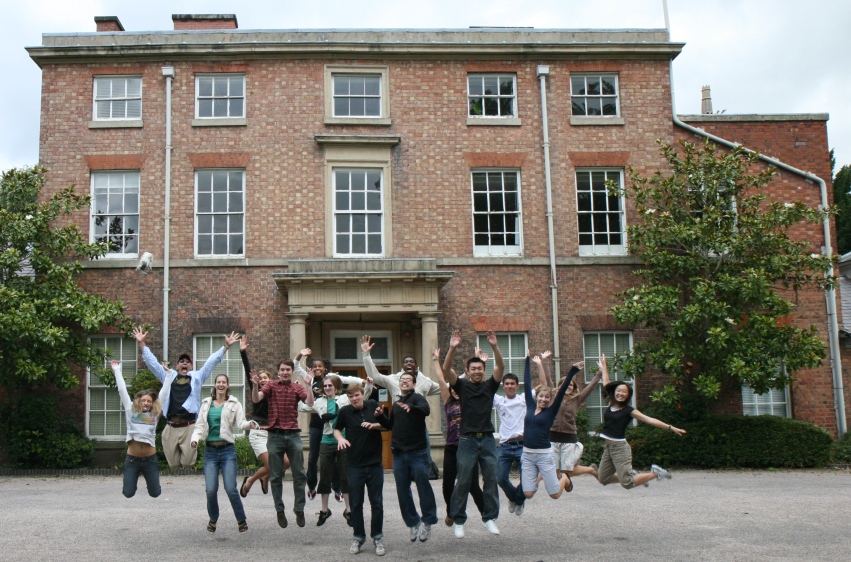
The picture is taken at The Mount, home of Darwin's father who coincidently is also named
Darwin.
Supposedly Charles was born on the second floor on the left side. I came back later to explore the room.

The Charles at the Mount
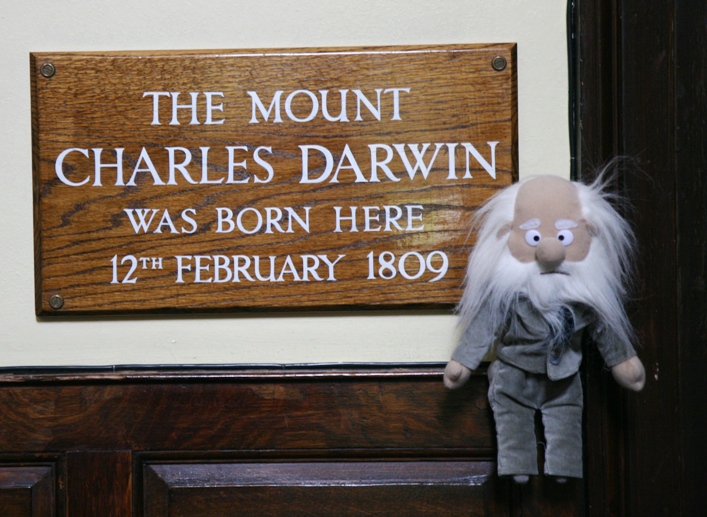

Old School Darwin
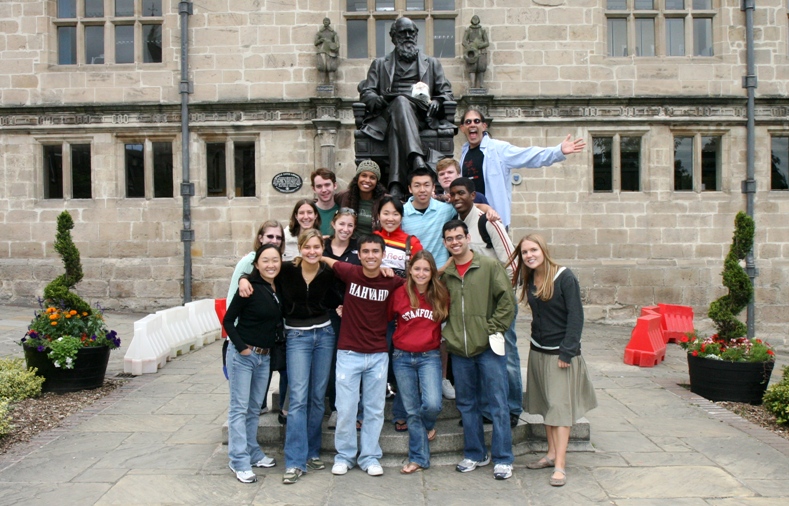

Darwin and the Bellstone


Mural philosophy


Snowdon
Bob on top
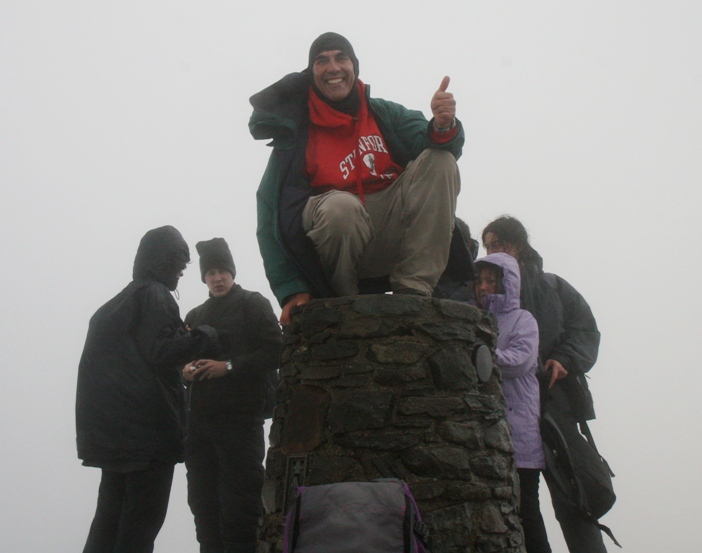
At 1,085 meters (3,560 feet), Snowdon was "the high point" of our trip.

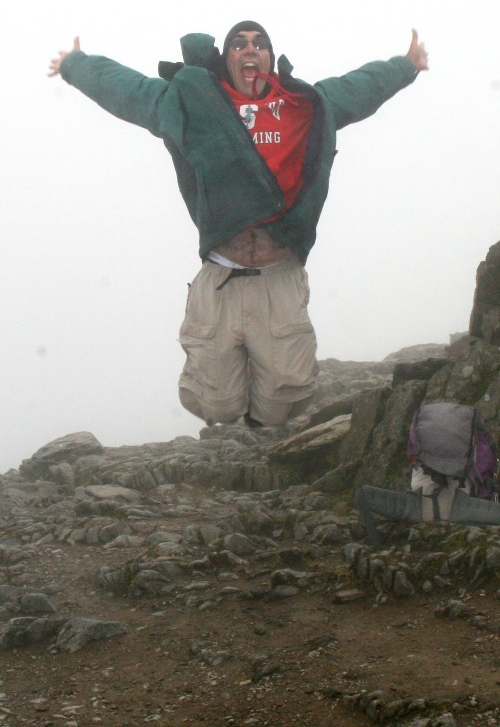

Darwin gets support from all directions


Darwin peeps
College
After attending boarding school in Shropshire, Darwin traveled to Edinburgh to study medicine.He transferred to Cambridge for divinity studies.
Edinburgh
Castle luminousity
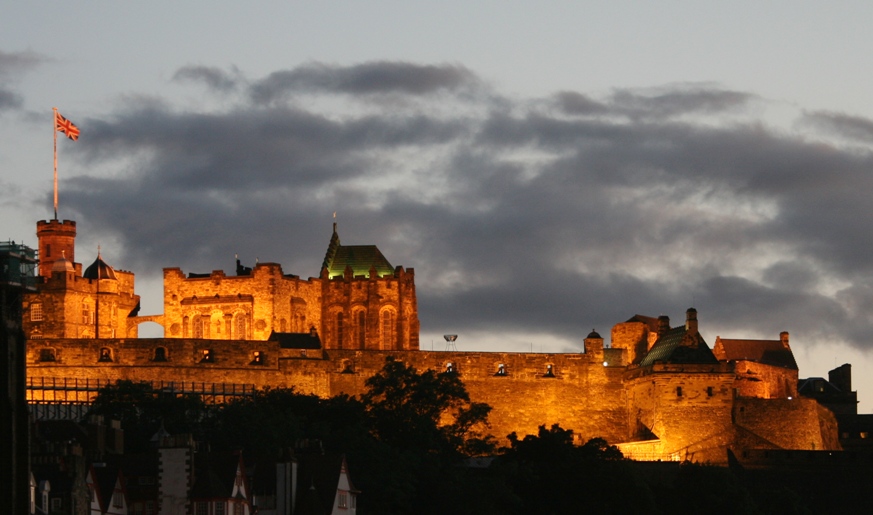

Edinburgh
Sitting atop Arthur's seat
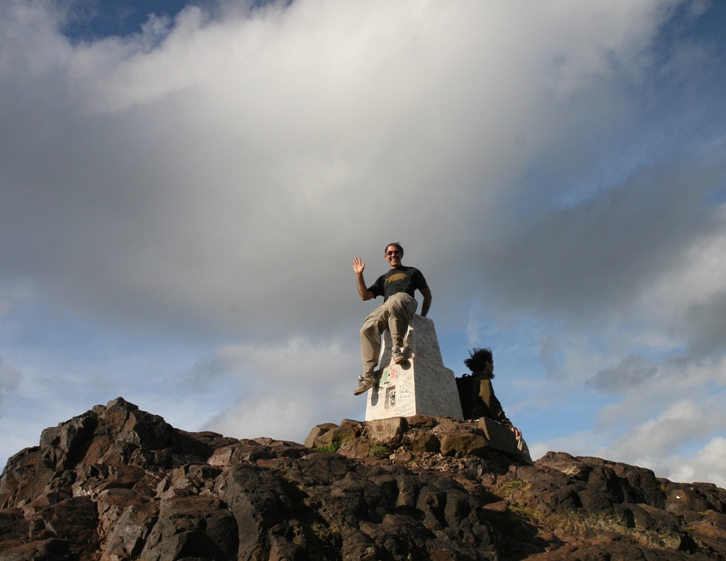

Darwinian education
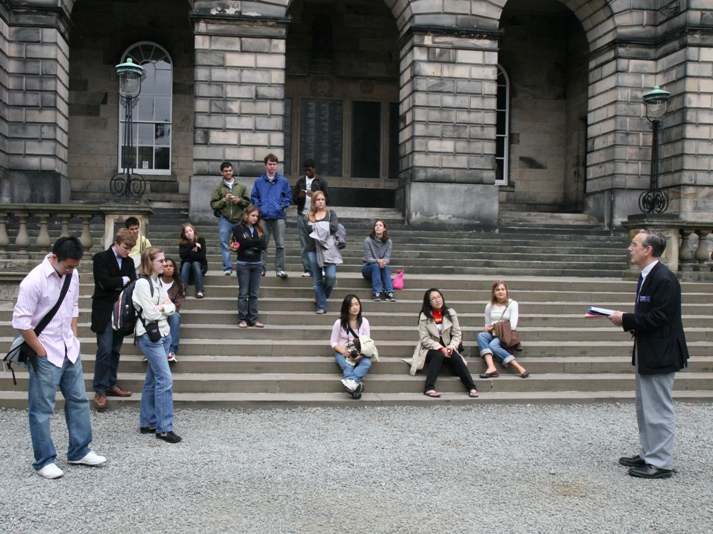

Darwin's Lothian home


Darwin's home plaquated
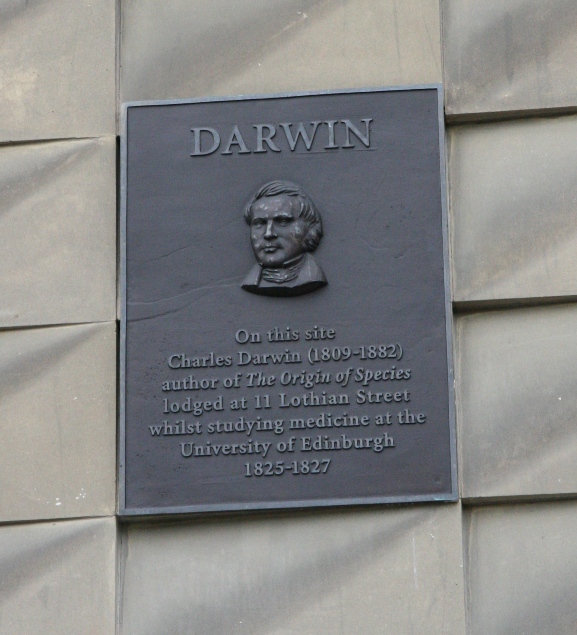

Darwin lothian around
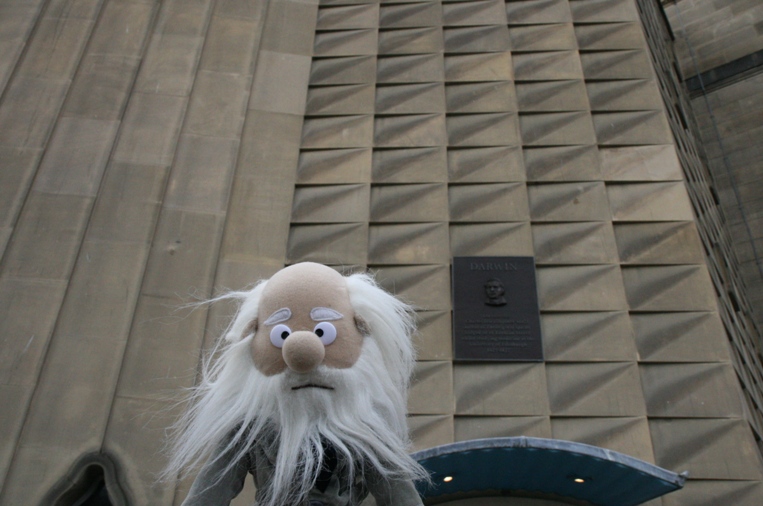

Fear and lothian in Edinburgh
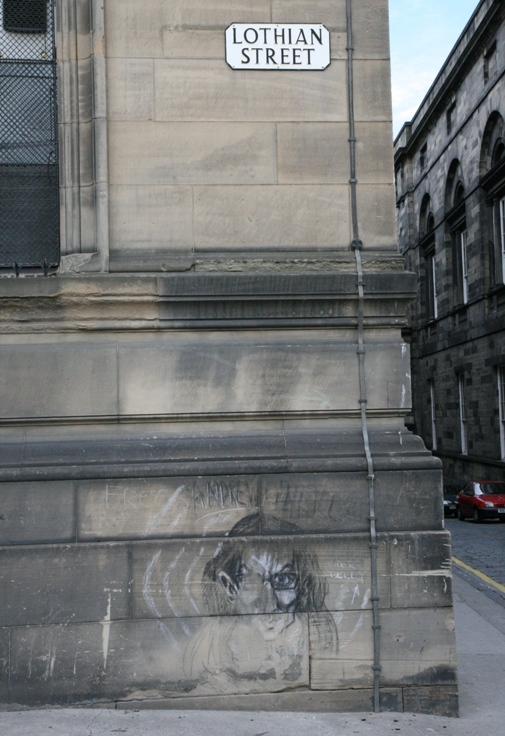

Cambridge
Sir Peter Lachmann presents Christ's College, Darwin presides from above
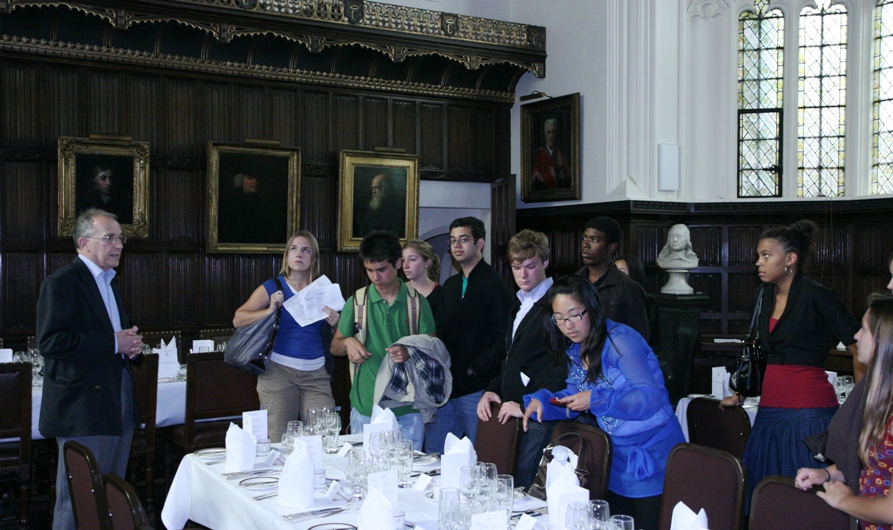

The Beagle in Brazil
Leaf-cutter

This leaf-cutter is meant to symbolism Darwin's fascination with the neotropical rainforest.
It is actually from an exhibit in the Natural History Museum in London

The Beagle in Chile
Jardin Darwin
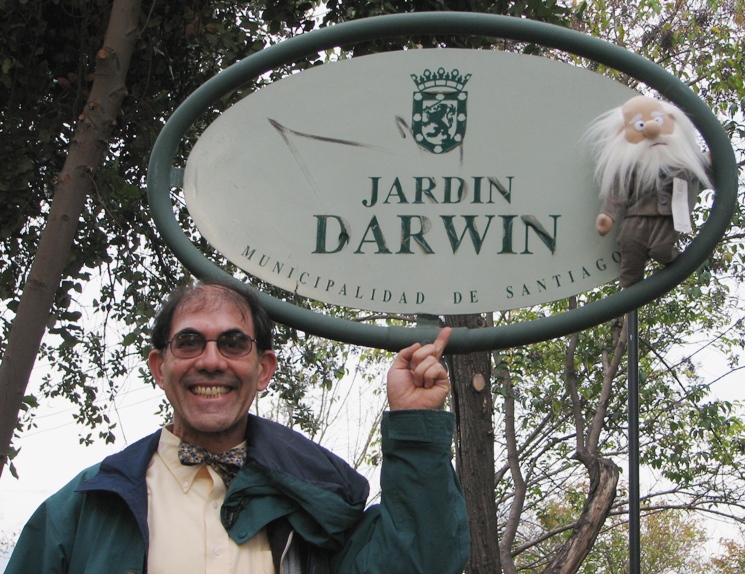

Chuckie D's place in Patagonia
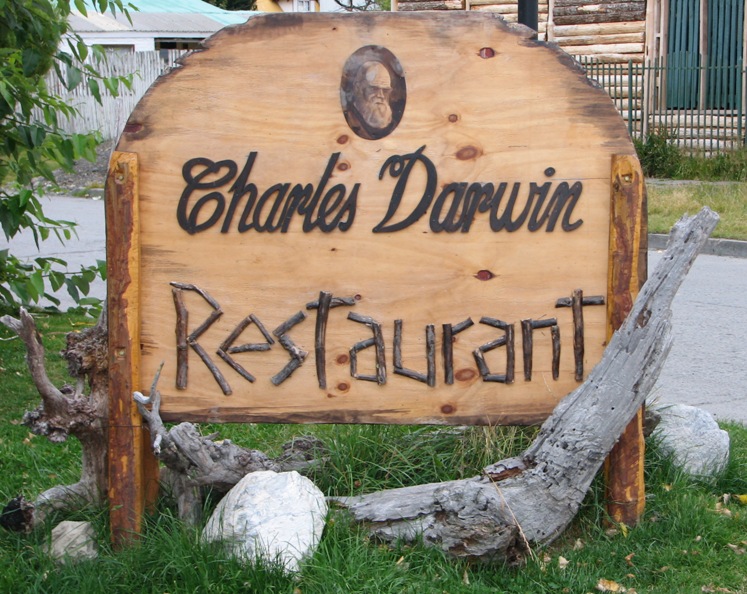

Darwin was here - obviously
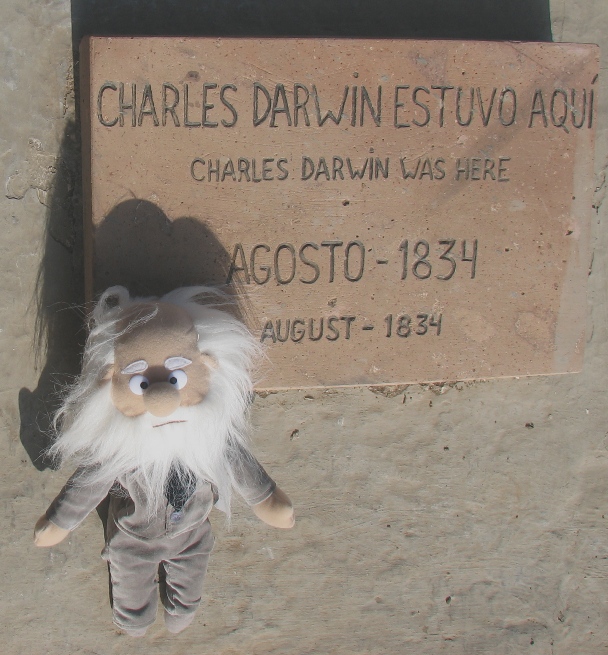
Hacienda San Isidro - where Darwin stayed prior to climbing La Compana - the bell

Darwin - plaquated on his climb up La Campana - no day was better spent
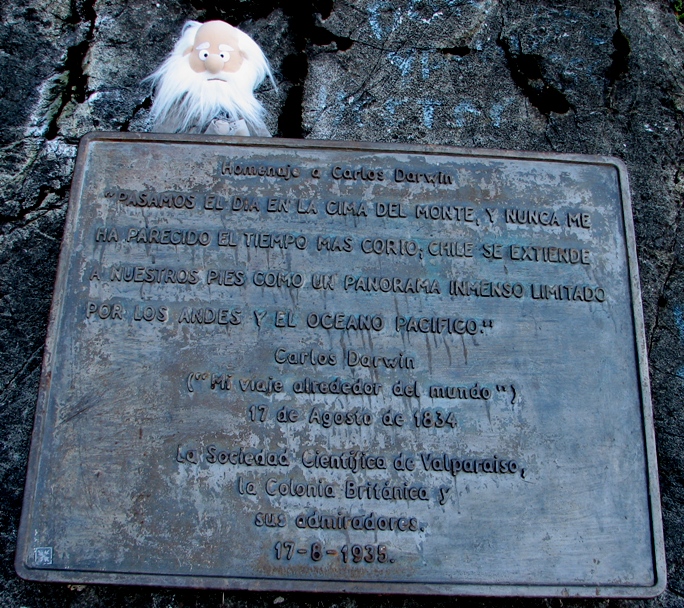

Darwin - exuberant after his climb up La Campana - Aconcagua in the background


Jardin Darwin


Chuckie D's place in Patagonia


Tring
Darwin's finches / Gould's revelation


Zoology of the Beagle
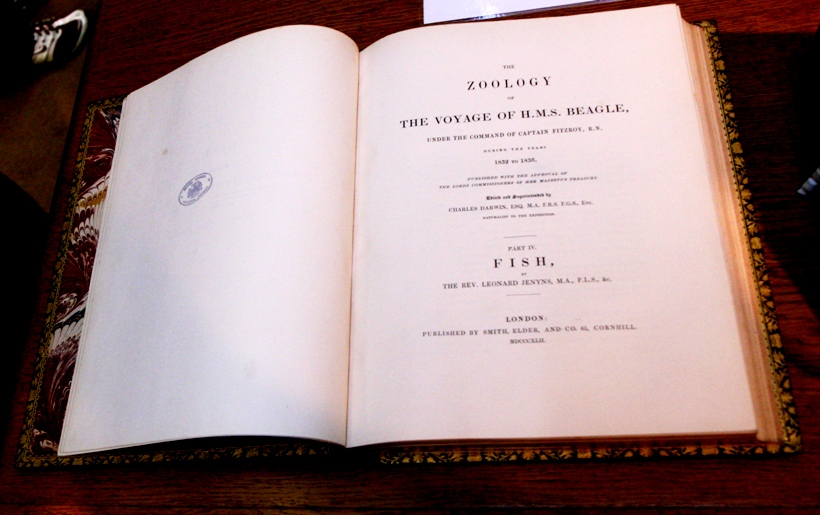

Kew
A kew-ious sense of elation


Cambridge
Craig and Darwin's octopus

"I was much interested, on several occasions, by watching the habits of an Octopus, or cuttle-fish. Although common in the pools of water left by the retiring tide, these animals were not easily caught. By means of their long arms and suckers, they could drag their bodies into very narrow crevices; and when thus fixed, it required great force to remove them. At other times they darted tail first, with the rapidity of an arrow, from one side of the pool to the other, at the same instant discolouring the water with a dark chestnut-brown ink. These animals also escape detection by a very extraordinary, chameleon-like power of changing their colour. They appear to vary their tints according to the nature of the ground over which they pass: when in deep water, their general shade was brownish purple, but when placed on the land, or in shallow water, this dark tint changed into one of a yellowish green. The colour, examined more carefully, was a French grey, with numerous minute spots of bright yellow: the former of these varied in intensity; the latter entirely disappeared and appeared again by turns. These changes were effected in such a manner, that clouds, varying in tint between a hyacinth red and a chestnut-brown, [4] were continually passing over the body. Any part, being subjected to a slight shock of galvanism, became almost black: a similar effect, but in a less degree, was produced by scratching the skin with a needle. These clouds, or blushes as they may be called, are said to be produced by the alternate expansion and contraction of minute vesicles containing variously coloured fluids."
Charles Darwin The Voyage of the Beagle

Cirripedia
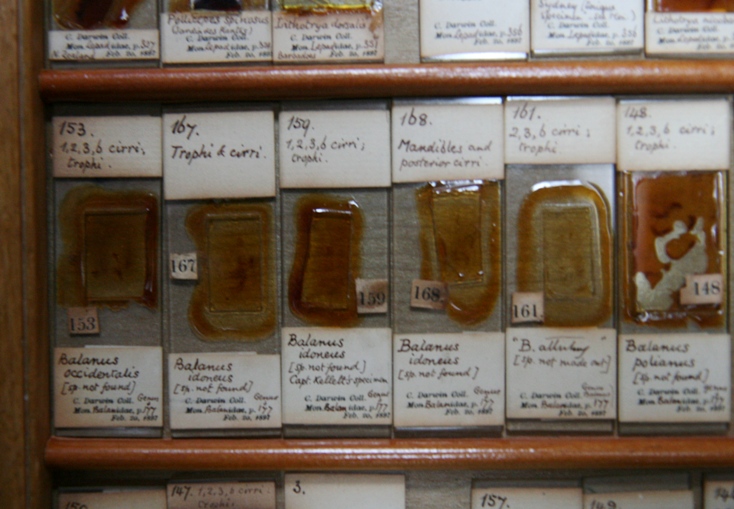

Darwin's finch


Darwin's last sand?


Darwin geologizes at Sea Point
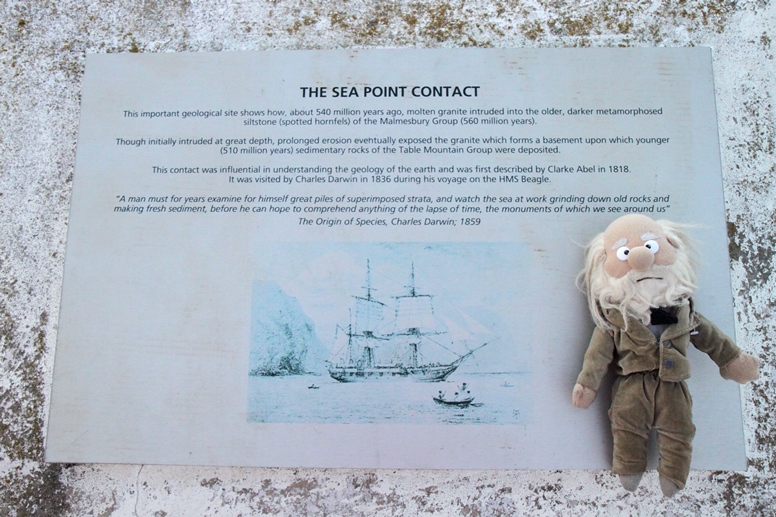
Dolomite outcrop
Sea Point
May 12, 2013

When the sun sets on Darwin
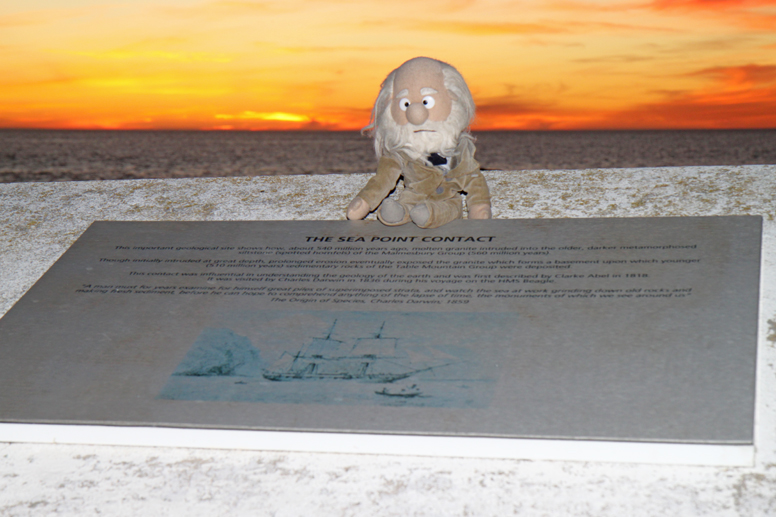
Dolomite outcrop
Sea Point
May 12, 2013

Darwin wasafiri at Conduit Head
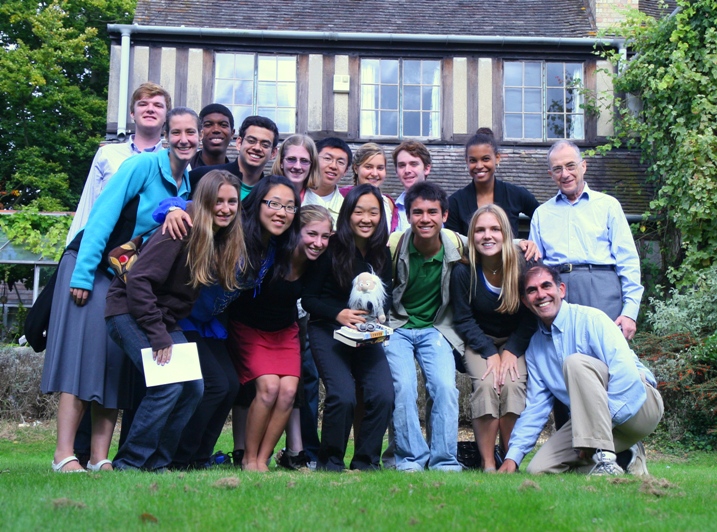

London
Upper Gower residence
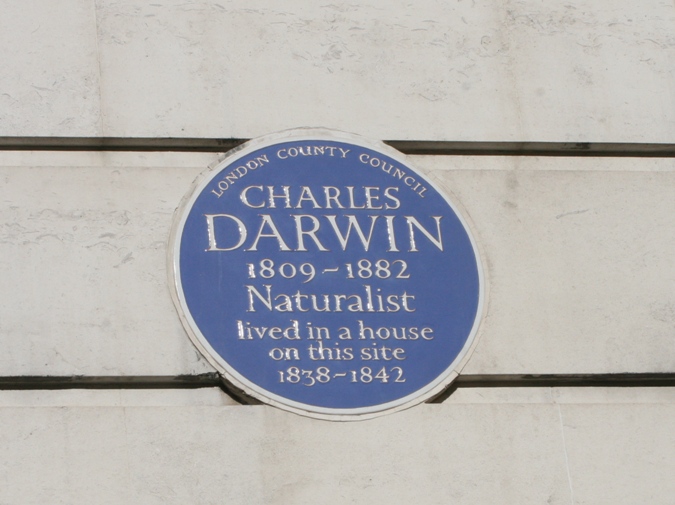

Darwin Building Gower Street
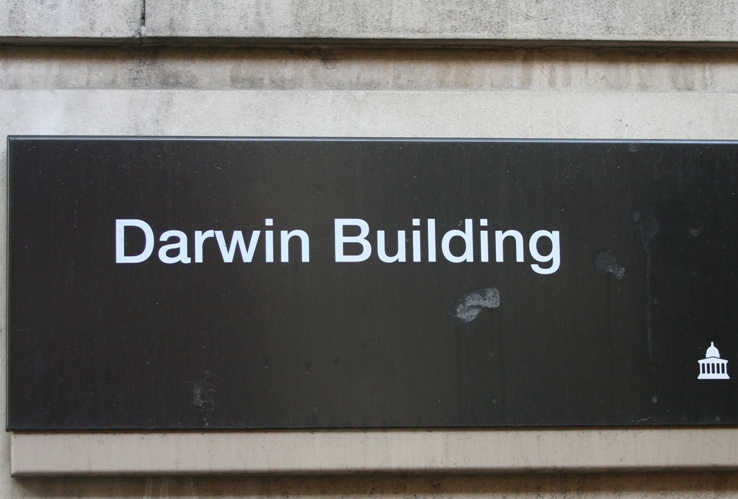

Downe
Down House
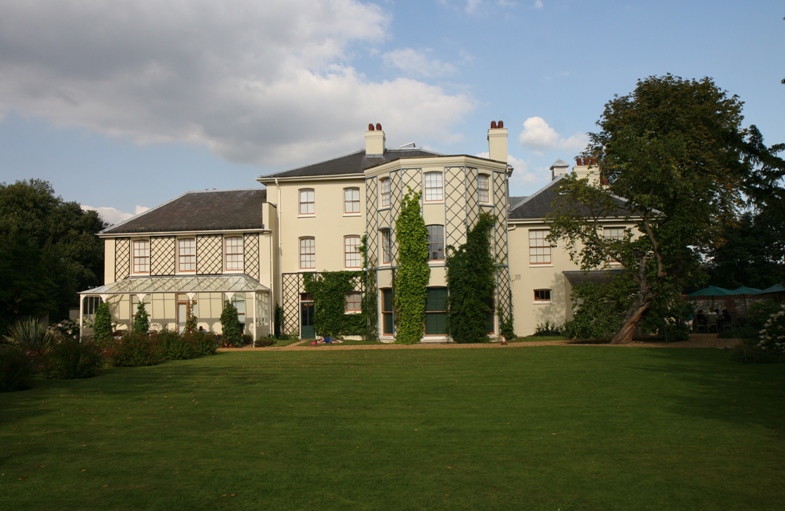

Studying Darwin's study
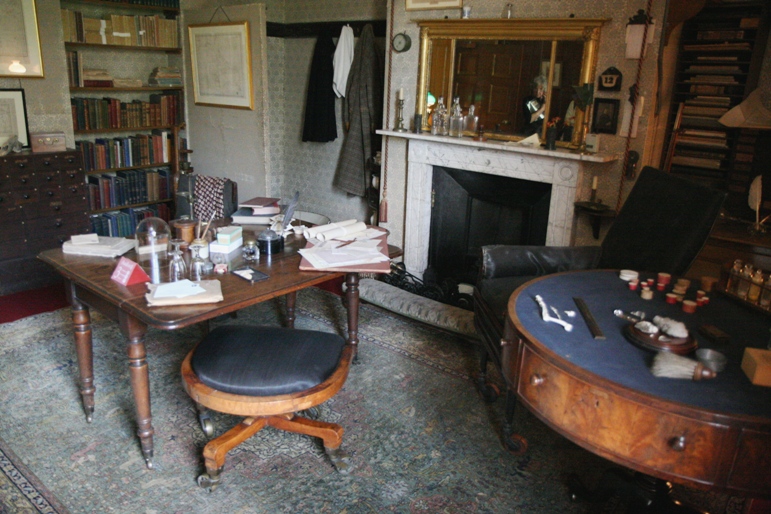

Students mirror Darwin's life at Down
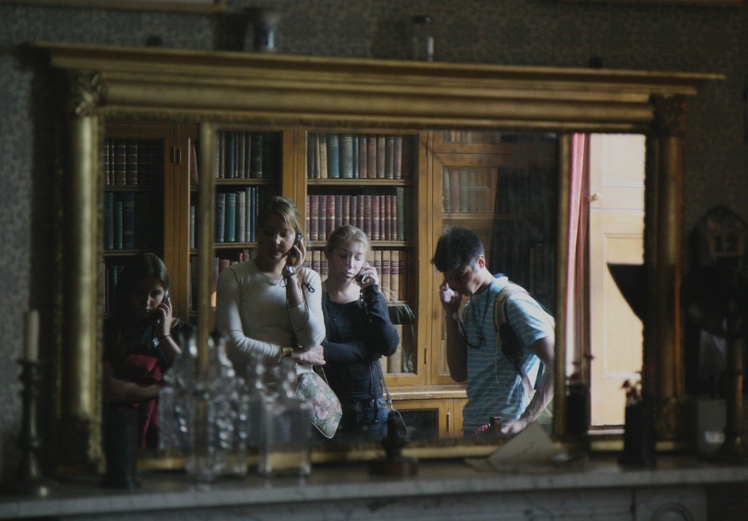

The sandwalk
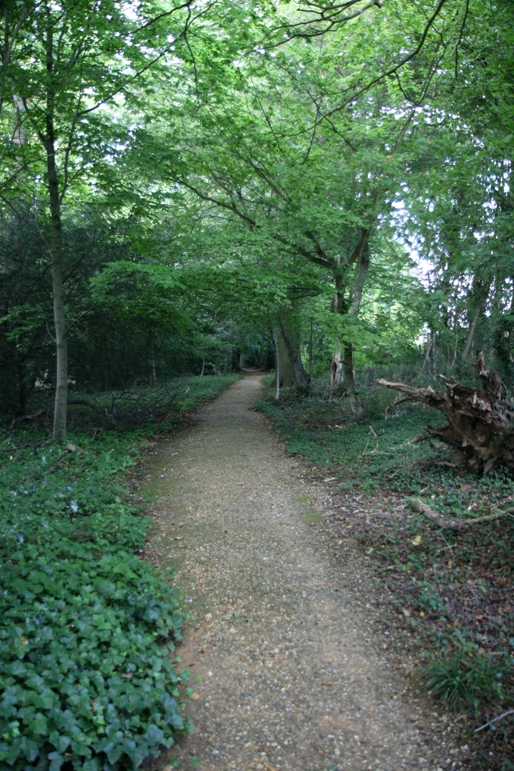



Darwin's nepenthe
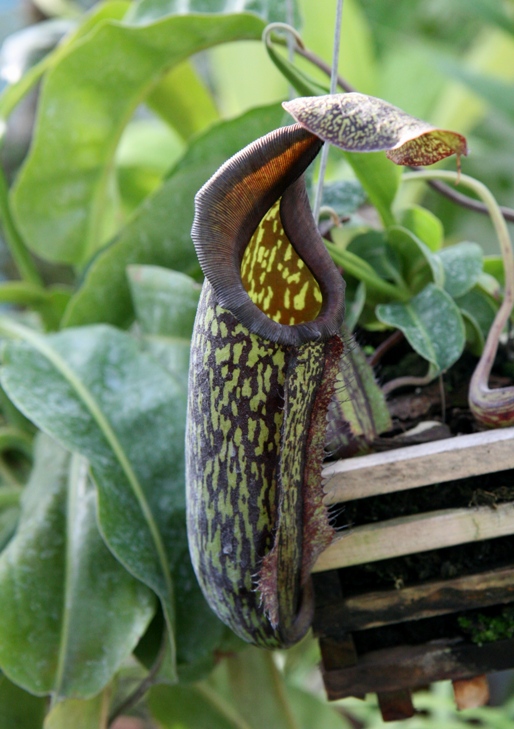

Uncoordinated exuberance at Down House
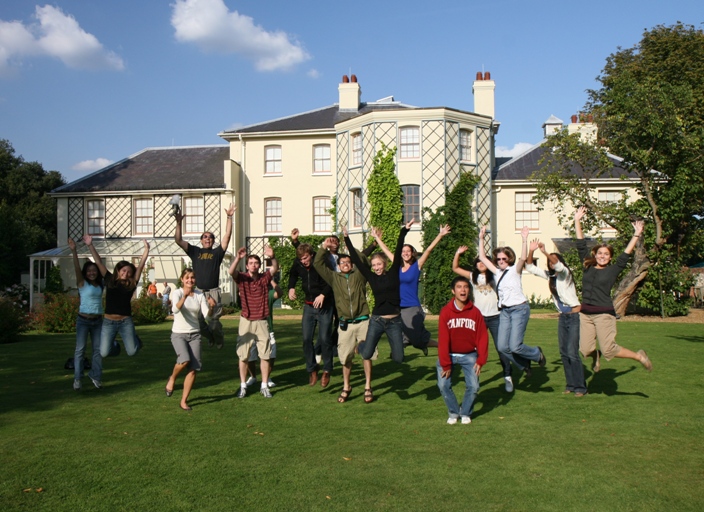

Following Darwin to the T.
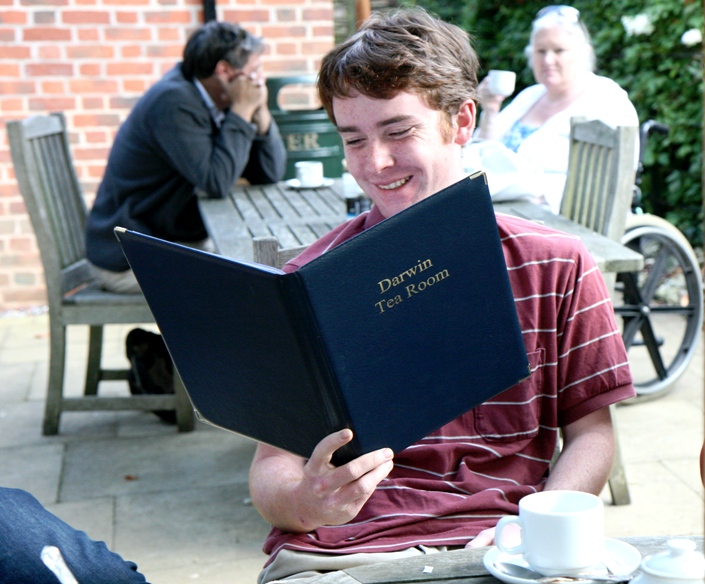

St. Mary's Church, Downe
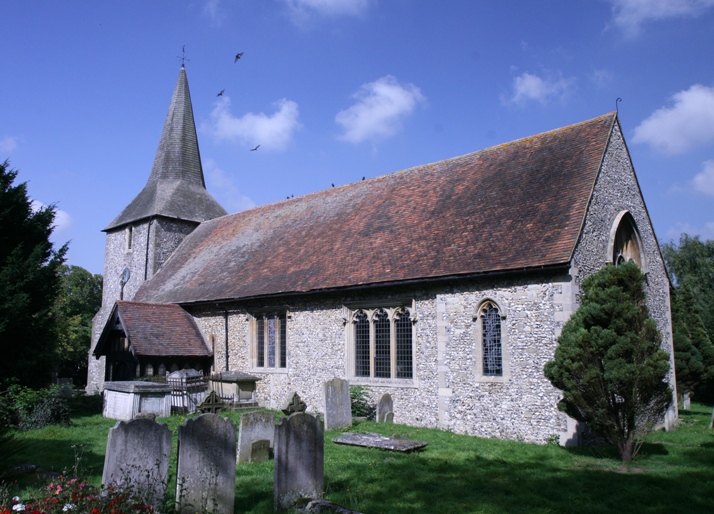

Career
Darwin spend eight years studying barnacles.
He was apparently inspired by a particular sample that he collected during the voyage of the beagle.
Barnacles, Darwin, Stott, and Siegel
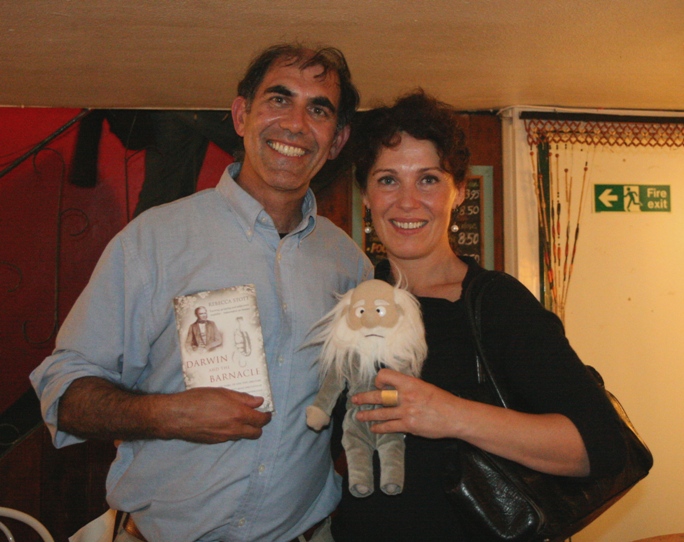

Oxford
Natural History Museum - site of the famous Huxley-Wilberforce debate
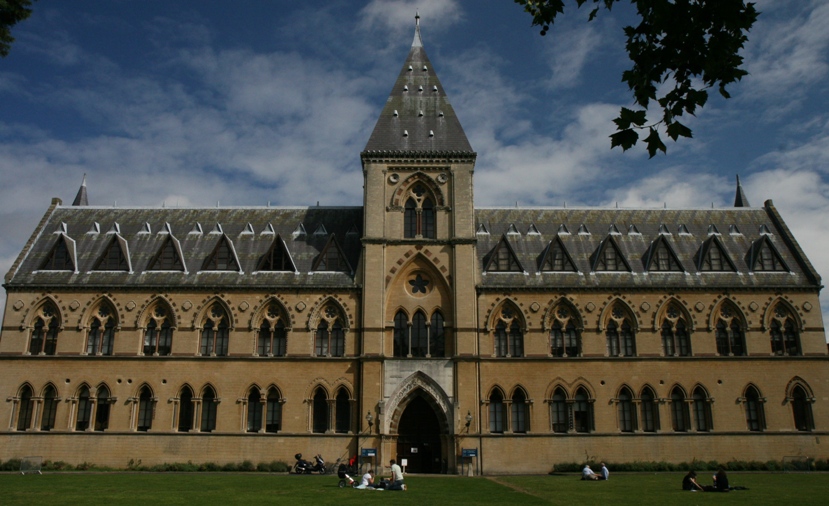

Darwin and Huxley

Natural History Museum
London

Darwin pixellated
Shrewsbury, England

Natural History Museum
Charles x 2
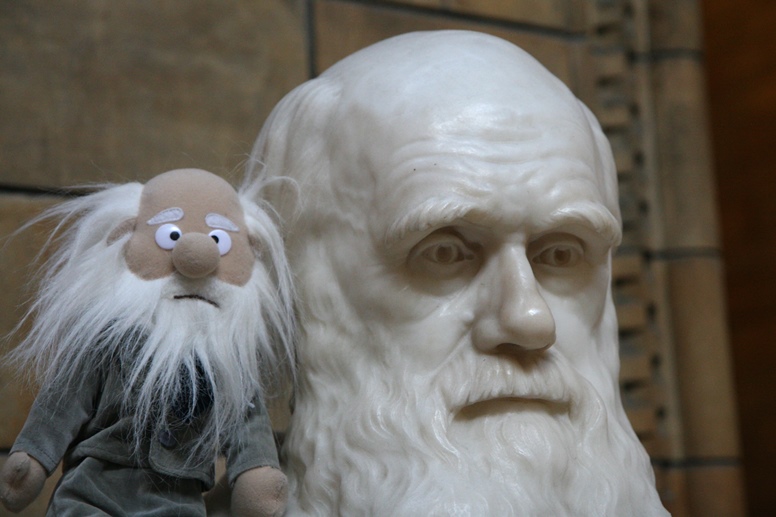
Natural History Museum
London

Malverne is where Darwin took Dr Gully's "water cure". It is also where his eldest daughter Annie died. At this point, Darwin apparent lost his last vestige of belief in a benevolent god.
A dear and good child
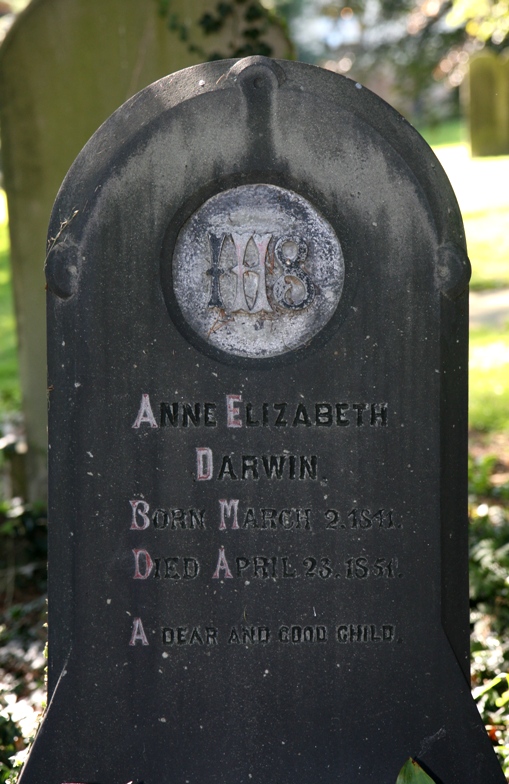

Mourning Annie
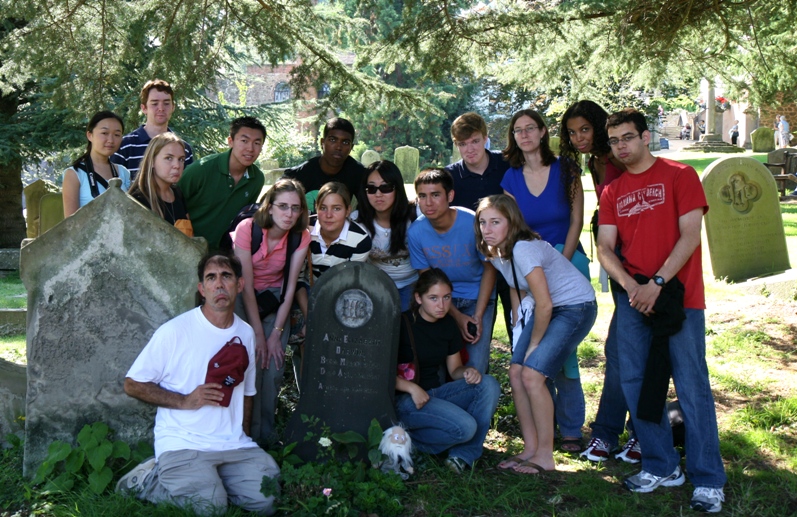

Despite its purity, the Malverne water is associated with plaque
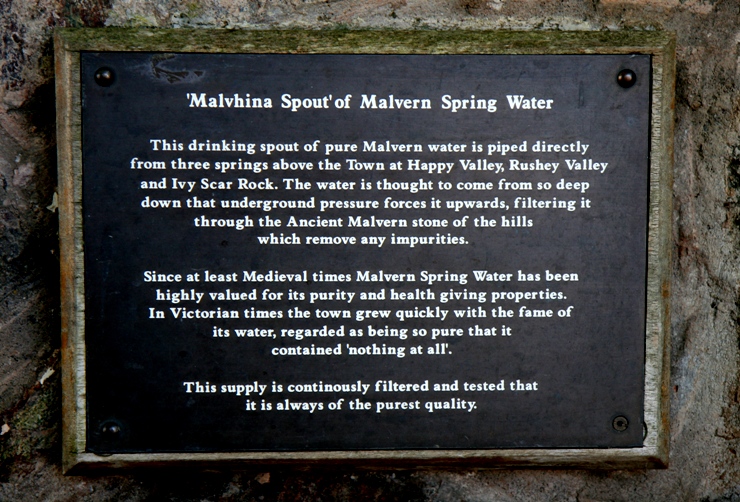

Font of health


Darwin family tomb
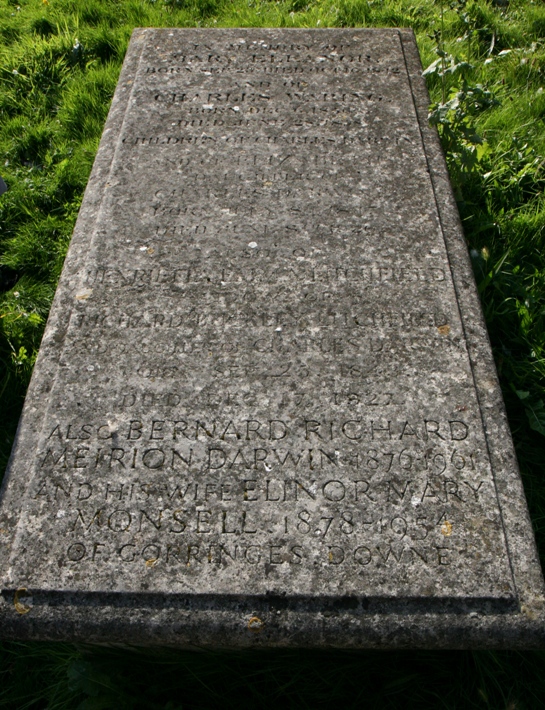
St. Mary's Church, Downe, England

Laid to rest

Westminster Cathedrale
"Under Newton"

Cambridge
Keynes and Darwin; Fossils, Finches, and Fuegeans

Richard Keynes was Charles Darwin's great grand-son.

London
The great and the great great
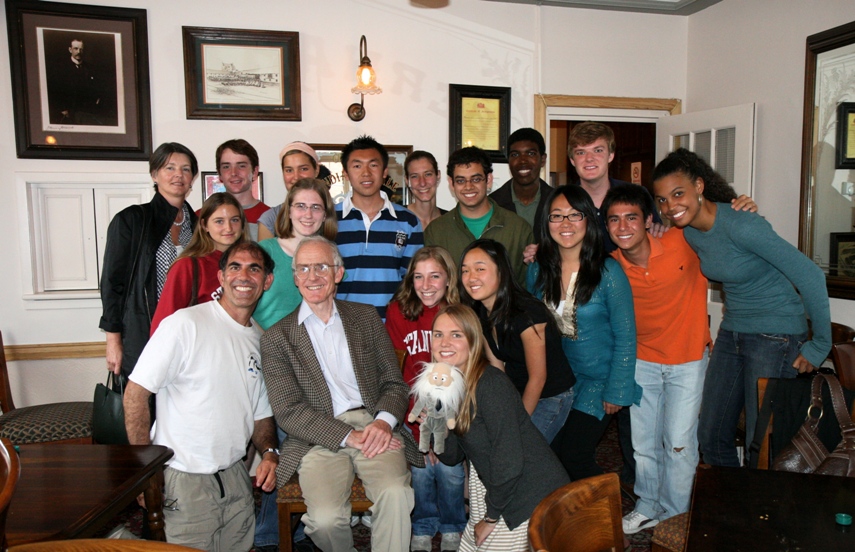
Randall Keynes is Richard's son, so he is Charles Darwin's great, great grand-son.


Modified: February 26, 2014
Created: February 22, 2014 (from ../england/darwinsafari2007.html)